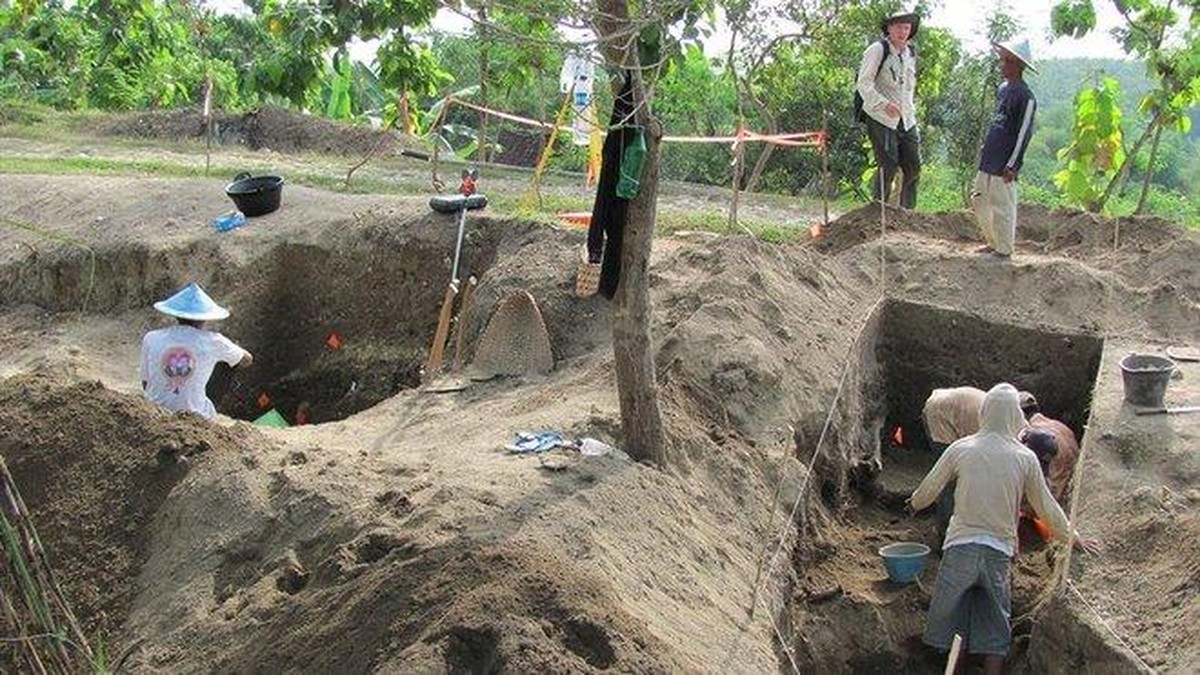Homo species looked for environments with great diversity.
2023/05/11 Etxebeste Aduriz, Egoitz - Elhuyar Zientzia Iturria: Elhuyar aldizkaria

One study confirms the great adaptability of Homo species, especially Homo sapiens, to very different environmental conditions and landscapes. Its publication in the journal Science analyzes the evolution throughout the Pleistocene.
The influence of vegetation, landscape and ecosystems on migrations and adaptation of hominins has been analyzed through simulations of biomes of up to 3 million years and archaeological data of six species of hominins. So they've been able to figure out what the preferences of each species were.
The study shows that the early African Hominins, H. habilis and H. ergaster, lived mainly in open and dry grasslands as savannas. H. erectus, upon leaving Africa, adapted to much broader conditions, such as temperate forests. The trend towards adaptation to different biomes continues in more recent species: H. erectus and H. neanderthalensis were able to adapt to colder habitats. But H. sapiens was able to occupy the most extreme areas, like deserts and tundra.
Furthermore, the results suggest that the Homo species actively sought environments with a great diversity of habitats, especially H. sapiens, with a great capacity to adapt to these environments.

Gai honi buruzko eduki gehiago
Elhuyarrek garatutako teknologia






